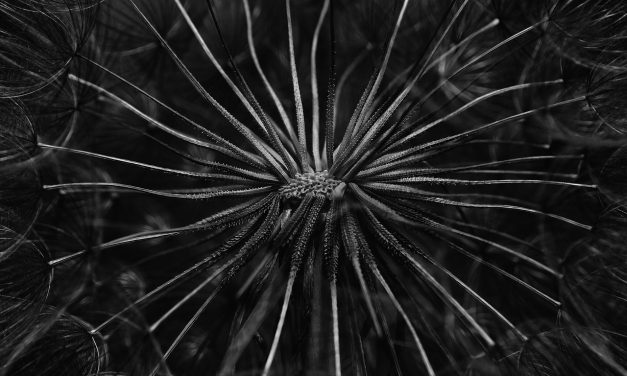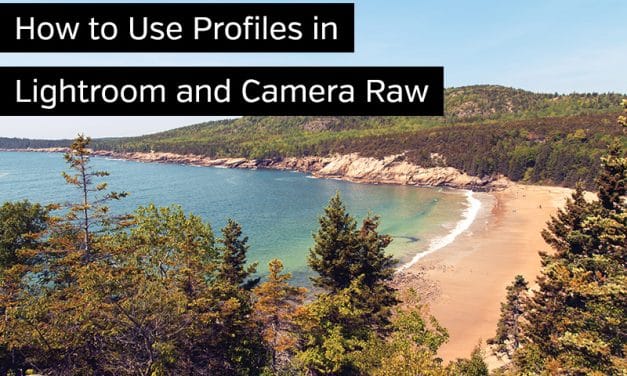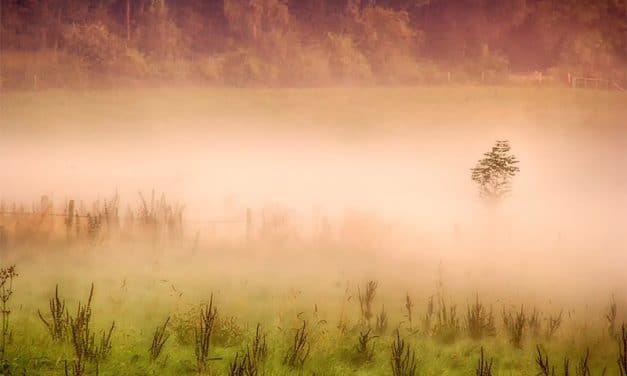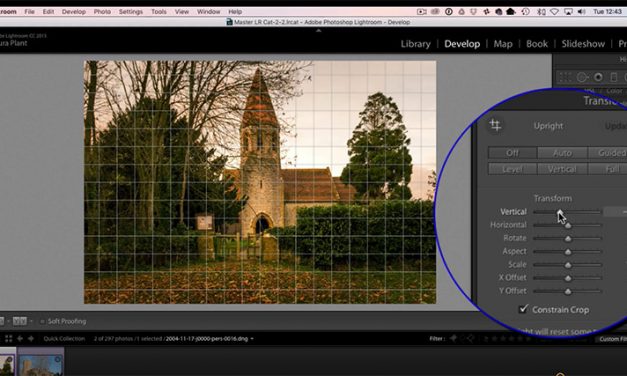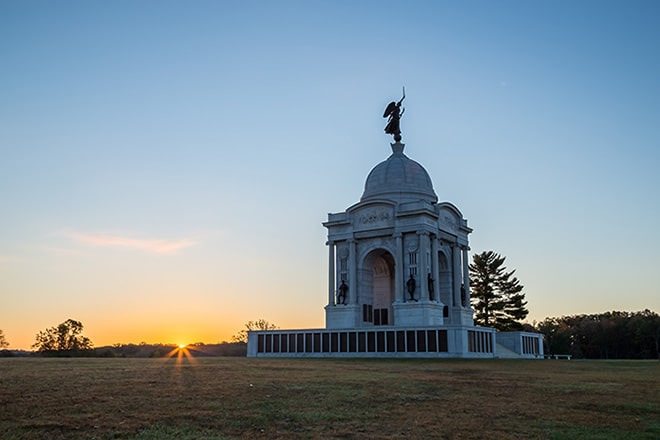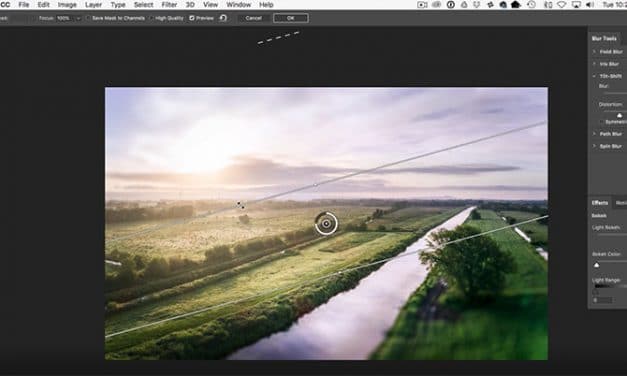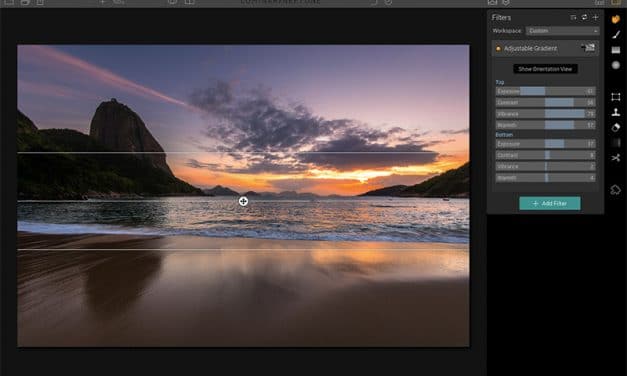How to Use Low-key Monochrome Landscape Photography
Low-key monochrome is a type of black and white photography which has fallen a little out of use since the days of film. Despite that, it is still a very effective style which can make a huge difference to your shots. It can be very dramatic and moody, and when matched with the right scene, can turn your work into that of a master photographer.
Read More
